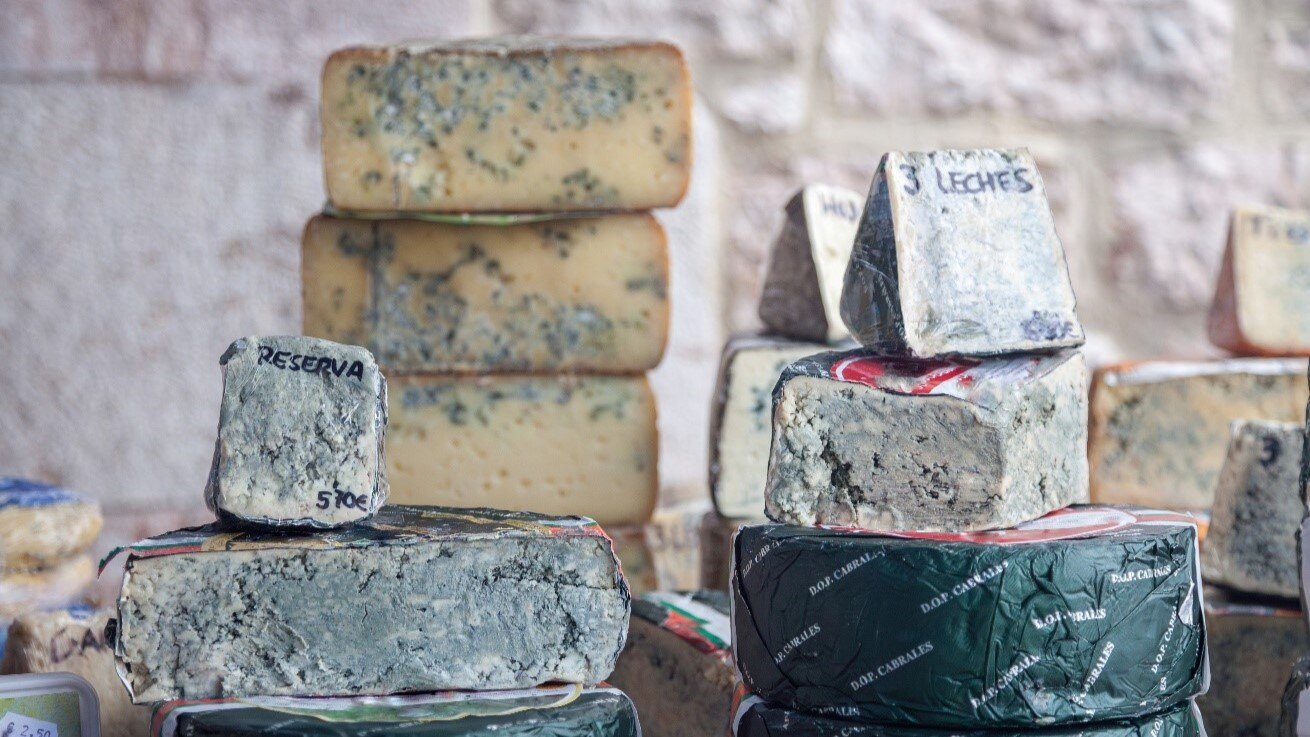The new file, obtained by an international team with researchers from CSIC, will make it possible to identify undesirable microorganisms, follow microbial life through the food chain and improve foodstuffs
Microbes are part of the food we eat and can influence our own microbiota (the set of microorganisms that live in our bodies), but we know very little about the microbes in our food. Now, an international team of researchers has developed a database of the food microbiome by analyzing the metagenomes (a term for all the genetic material of the set of microorganisms in an environment) of hundreds of foods. The work involves the Institute of Agrochemistry and Food Technology (IATA), located at the University of Valencia Science Park.
They have identified 10,899 food-associated microbes, half of which were unknown species, and have shown that food-associated microbes explain 3% of the adult gut microbiome and 56% of the infant gut microbiome. The study is published in the scientific journal Cell and the database is accessible as an open access resource.
This new resource makes it possible to identify and control undesirable microorganisms, study the movement of microbes along the food chain and the spread of antibiotic resistance genes, as well as improve the health attributes of food, among other applications.
This database, called the Curated Food Metagenomic Database (CFMD), is the result of the largest study of food microbiomes to date, and is freely accessible to facilitate large-scale application by academia and industry.
“This resource will mark a milestone in food microbiology research,” says Abelardo Margolles, a researcher at the Asturias Dairy Products Institute (IPLA-CSIC), who has participated in the development of the database. Researchers from other CSIC centers have also participated in the MASTER consortium: the Experimental Station of the Zaidín (EEZ-CSIC), the Food Science Research Institute (CIAL, CSIC-UAM) and the Institute of Agrochemistry and Food Technology (IATA-CSIC).
“This resource will help researchers address challenges that until now were very difficult to address due to the scarcity of food metagenomes available in databases,” explains Margolles. “Food microbes can have both a positive impact on food production, for example, through their fermentation, and a negative one, in their spoilage or their involvement in disease transmission.”
“Traditionally, food microorganisms have been studied by culturing them in broths or Petri dishes, but this process is slow and not all microbes are culturable,” he adds. Now, the CFMD database makes it possible for food metagenome data, based on DNA sequencing, to be analyzed quickly and accurately.
Massive genetic sequencing
The CFMD database is the result of the work of the international MASTER consortium, which has analyzed more than 2,500 food-associated metagenomes from 50 countries, including 1,950 metagenomes sequenced for the first time. It contains data on 3,600 microbial species, including more than 200 new species. “Approximately two-thirds of the samples were from dairy products and the facilities where they are made; and beverages and fermented meats, among other foods, have also been analyzed,” says Margolles.
Microbial identity of artisanal cheeses
The CSIC work has focused on the analysis of Asturian artisan cheeses. “Environments of 28 cheese dairies belonging to the Association of Artisan Cheesemakers of the Principality of Asturias have been analyzed, and it has been found that the cheeses of each facility have unique characteristics,” reveals Margolles.
“This is important because we could associate the specificity and quality of local foods to their microbiome, and even make it possible to use the metagenome as a marker of food authenticity, representing a powerful tool to guarantee its traceability and origin,” he concludes.
For Raúl Cabrera Rubio, CDEIGENT researcher at IATA-CSIC participating in the work, “the integration of these resources would allow the development of several relevant applications, from the study of the evolution of the microbiome along the food system to the study of the spread of antimicrobial resistance or genes related to spoilage in food, through the detection of pathogens in food quality control and the study of transmission along the food chain in humans”.
His contribution to the work focused on the study of cheese processing chains, both food contact areas (fermentation tanks, knives, shelves...) and non-food contact areas (floors, drains...), as well as the final product from different types of milk and fermentative types.
About the MASTER project
MASTER stands for Microbiome Applications for Sustainable food systems through Technologies and EnteRprise. MASTER takes a global approach to the development of products based on knowledge of the microbiome of foods, services or processes with high commercial potential, to benefit society by improving the quantity, quality and safety of food.
MASTER is a project funded by the European Union's Horizon 2020 program, with 29 partners, which started in January 2019 to map the microbiomes of different food environments. The project, involving researchers from four CSIC institutes, IPLA, EEZ, CIAL and IATA, has been coordinated by Prof. Paul Cotter (Teagasc, Ireland).
In the work published in Cell, the team from the University of Trento (Italy) managed the creation of the database and teams from the University of Naples Federico II (Italy), the University of Leon (Spain), MATIS (Iceland) and FFoQSI (Austria) also participated, with many other collaborators.
Carlino et al., Unexplored microbial diversity from 2,500 food metagenomes and links with the human microbiome. Cell. DOI: 10.1016/j.cell.2024.07.039


